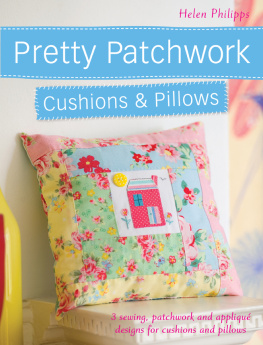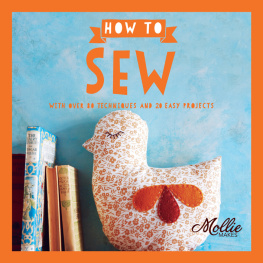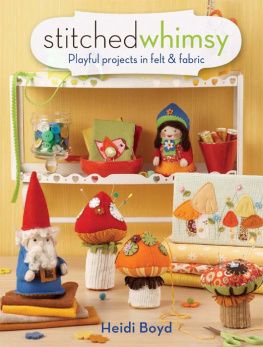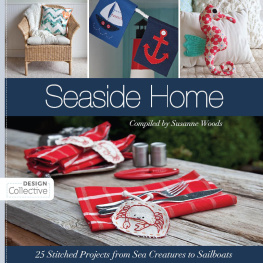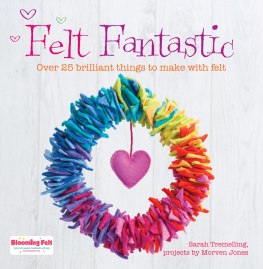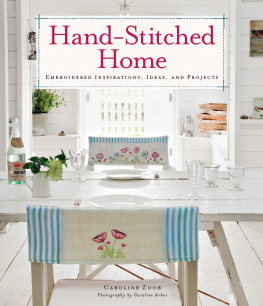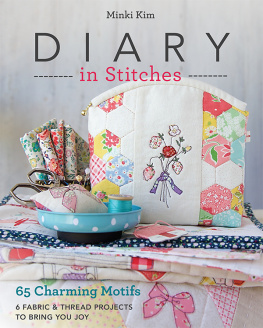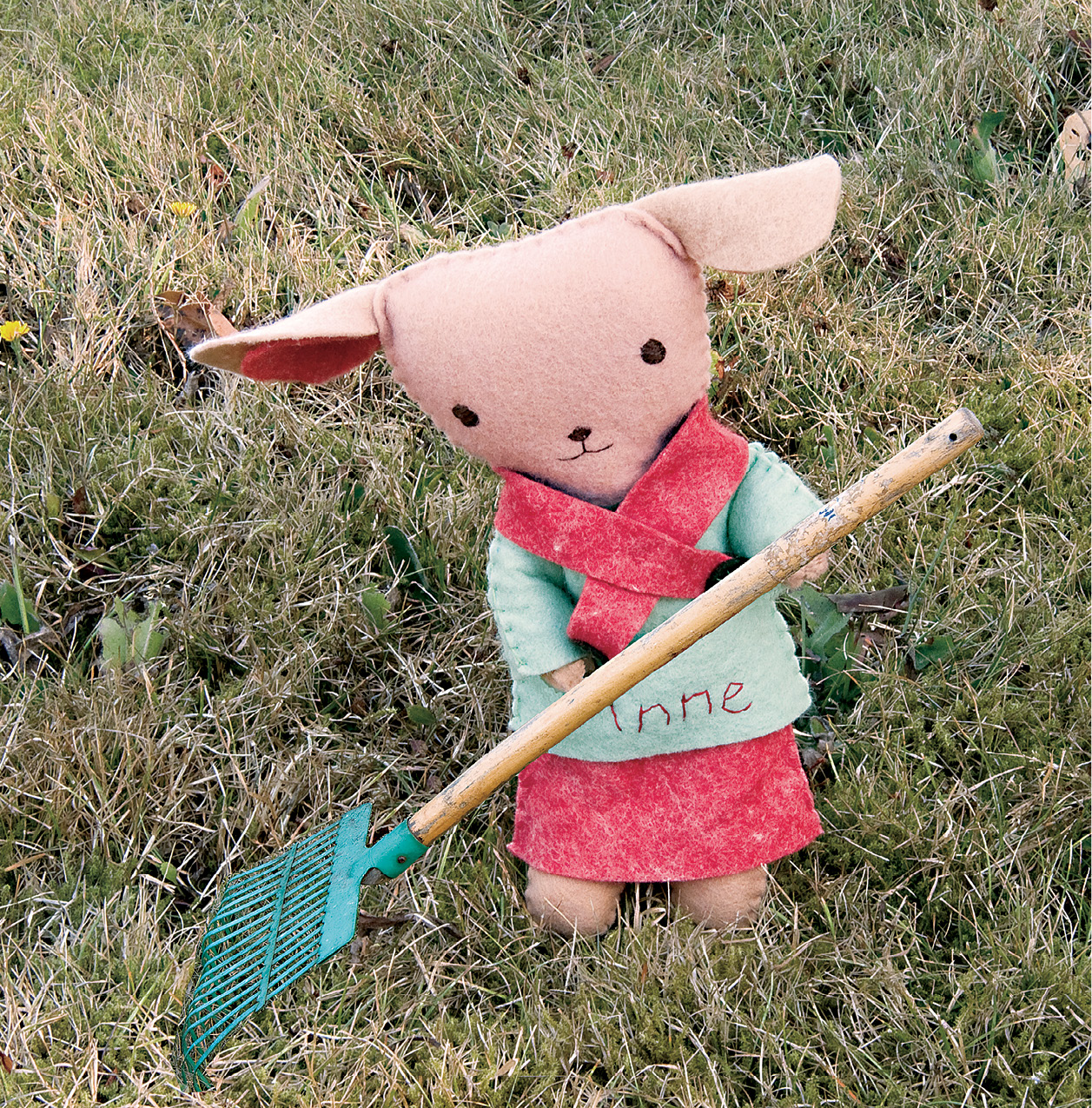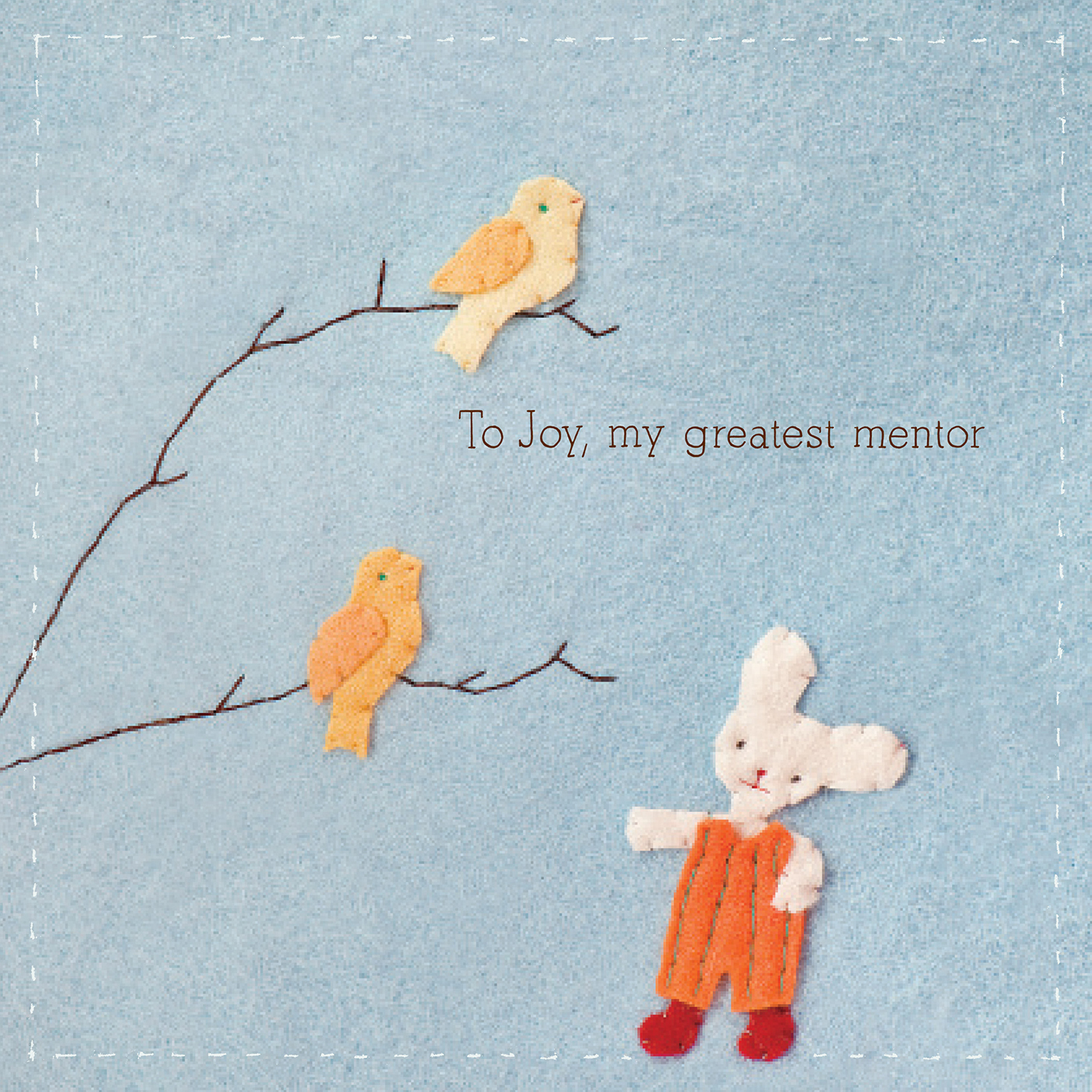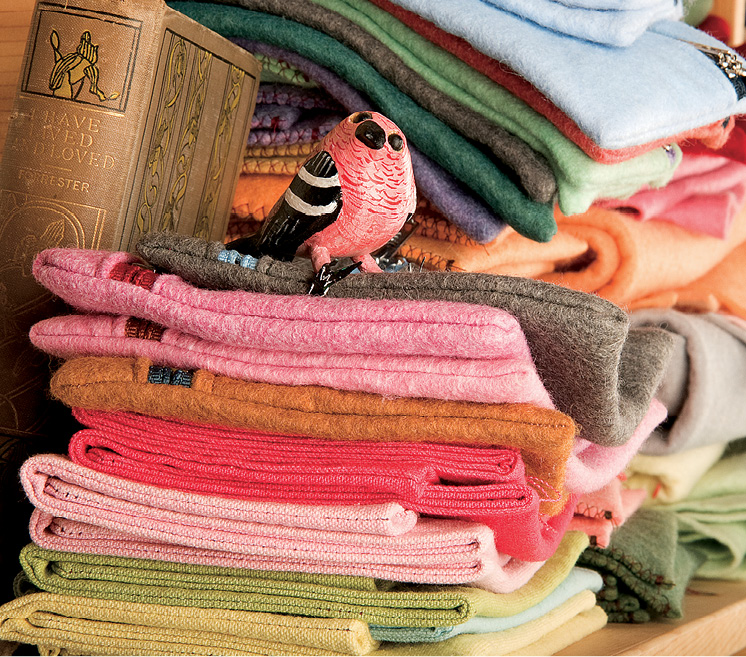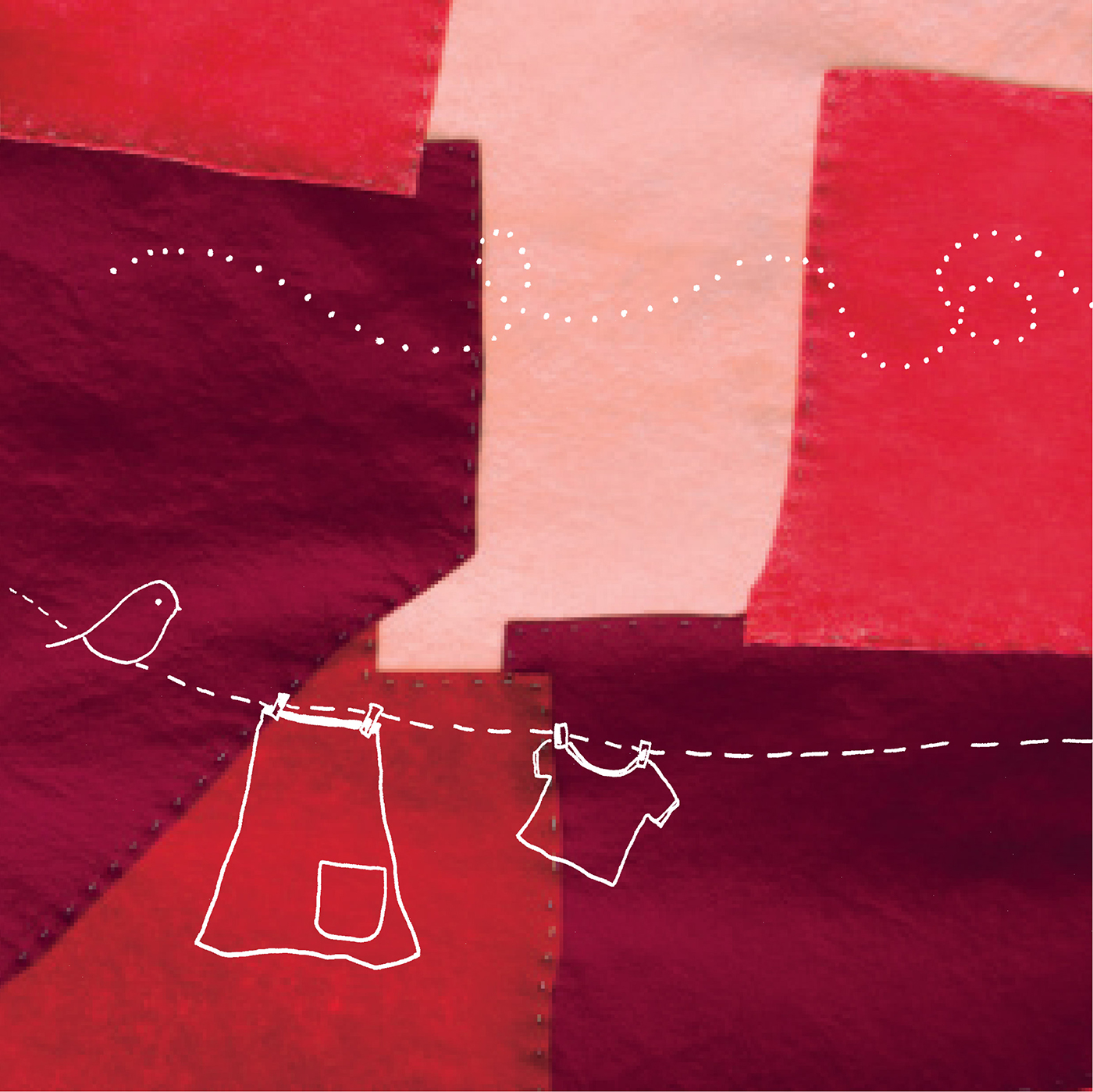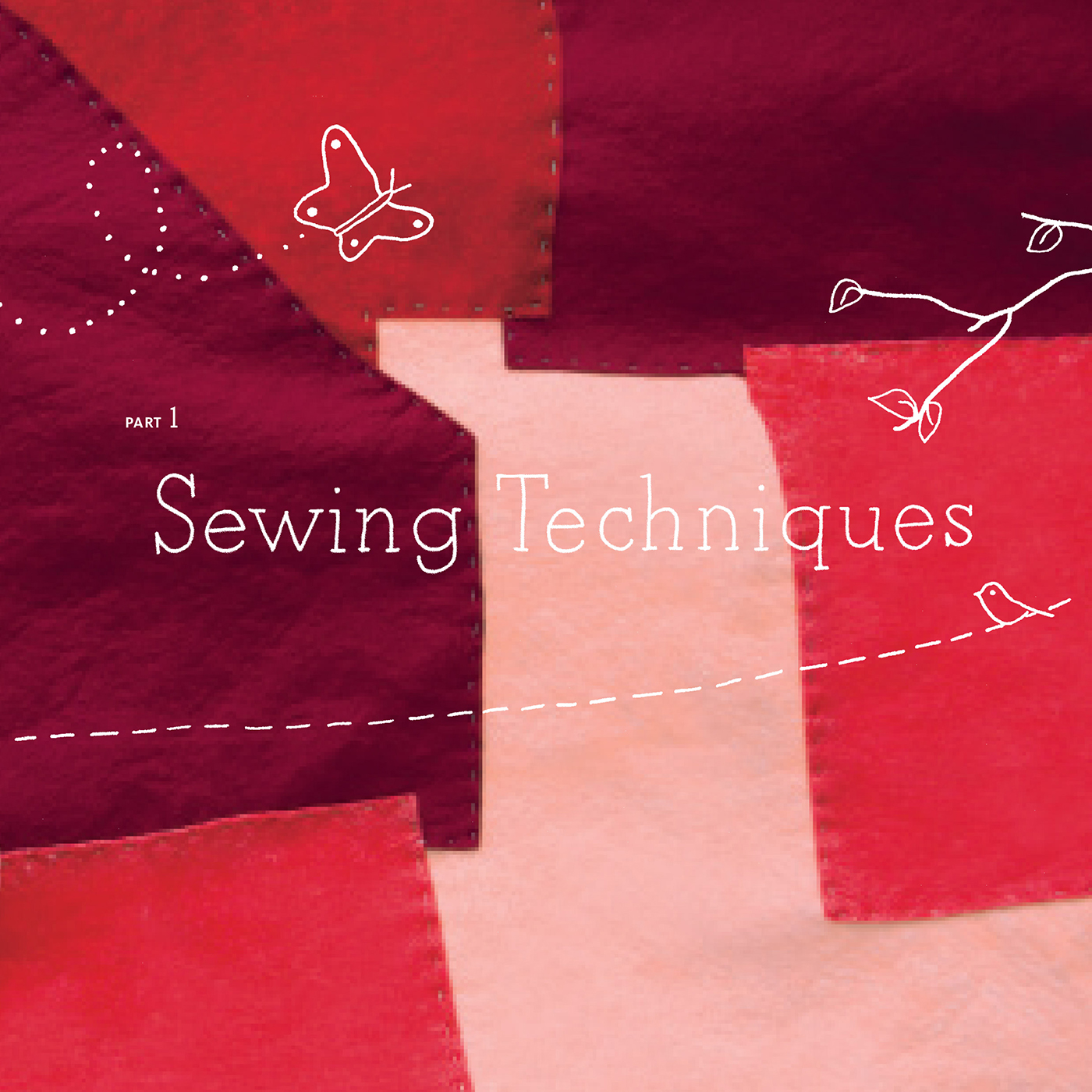
Founded by Harry N. Abrams in 1949, ABRAMS is the preeminent publisher of high-quality art and illustrated books. Now a subsidiary of La Martinire Groupe, ABRAMS is the publisher of bestsellers such as the wildly popular Diary of a Wimpy Kid series by Jeff Kinney, the award-winning cookbooks of Alton Brown, and the stunning photography of Yann Arthus-Bertrands Earth from Above. ABRAMS publishes books in the areas of art, photography, cooking, interior design, craft, fashion, sports, and pop culture, as well as childrens books and general interest titles. The companys imprints include Abrams; Abrams Appleseed; Abrams ComicArts; Abrams Image; Abrams Books for Young Readers; Amulet Books; Stewart, Tabori & Chang; and STC Craft/Melanie Falick Books.
find out more at
www.abramsbooks.com
follow us:
@ABRAMSbooksand Facebook.com/ABRAMSbooks
ABRAMS is one of a select group of
publishing partners of Open Road Integrated Media, Inc.

Open Road Integrated Mediais a digital publisher and multimedia content company. Open Road creates connections between authors and their audiences by marketing its ebooks through a new proprietary online platform, which uses premium video content and social media.
Videos, Archival Documents, and New Releases
Sign up for the Open Road Media newsletter and get news delivered straight to your inbox.
Sign up now at
www.openroadmedia.com/newsletters
FIND OUT MORE AT
WWW.OPENROADMEDIA.COM
FOLLOW US:
@openroadmediaand
Facebook.com/OpenRoadMedia
Published in 2009 by Stewart, Tabori & Chang
An imprint of Harry N. Abrams, Inc.
Text and illustrations copyright 2009 by Kata Golda
Photographs copyright 2009 by Frank White
All rights reserved. No portion of this book may be reproduced, stored in a retrieval system, or transmitted in any form or by any means, mechanical, electronic, photocopying, recording, or otherwise, without written permission from the publisher.
Library of Congress Cataloging-in-Publication Data
Golda, Kata.
[Hand-stitched felt]
Kata Golda's hand-stitched felt : 25 whimsical sewing projects / by Kata Golda ; photography by Frank White.
p. cm.
ISBN 978-1-4532-6817-9
1. Needlework. 2. Fancy work. 3. Felt. I. Title. II. Title:
Hand-stitched felt.
TT750.G626 2009
746'.0463--dc222008050580
Editor Liana Allday
Designer woolypear
Production Manager Jacqueline Poirier
The text of this book was composed in Kievit.
0 9 8 7 6 5 4 3 2 1

115 West 18th Street
New York, NY 10011
www.abramsbooks.com
Introduction
I have been surrounded by stitchers my entire life, and they have been my greatest sources of inspiration. As a child, I remember my grandmother Sylvia knitting fancy sweaters on tiny needles, crocheting colorful afghans, and cross-stitching intricate Norman Rockwell paintings. My mother, Joy, filled my life with color and domesticity, always doing handwork or cooking up elegantly simple, tasty meals. I still marvel when I recall the way she would arrange her irregularly chopped beets, parsnips, carrots, and rutabaga around a plate of sauted green beans. I loved accompanying her to her knitting and needlepoint shop in St. Paul, Minnesota, where I spent hours hanging hanks of needlepoint yarn on big hooks that covered an entire wall, organizing them by their subtle gradations of color. I think about this now when I stack felt on the shelves in my studio, realizing that I learned more about color from my mother and her yarn shop than I did in art theory class in college.
I have studied many types of art and worked in a variety of artistic fields, from photography and sculpture to bookbinding and quilting, but the craft materials of my childhoodthread, fabric, yarn, and paperhave informed my best work. I had spent some time working as a professional quilter by the time I had my baby girl, Odette, in 1999 . I wanted to stitch soft things for her, but I found that what I was dreaming up for Odette was very different than the commissioned quilts I was piecing together and hand-quilting. Instead of using cotton I chose to sew mostly with wool felt, which came in an incredible range of colors and was wonderful to touch. Plus, I was enchanted by the fact that felt would not unravel, so I could simply leave the clean, cut edges unhemmed and complete a project in almost no time at all. Instead of the straight, small, and precise stitches I was required to produce for my quilts, I chose to sew larger, more irregular stitches in contrasting thread colors. I fancied the way the imperfections in my stitches showed the presence of my hand in the work. I sewed everything from stuffed animals and balls to pillows and finger puppets, and when Odette was old enough to hold a crayon, I bound a drawing book for her, its covers made from felt-covered boards adorned with an appliqud bear and her name. Though I did not know it at the time, this was the beginning of my businessKata Goldawhich now includes many of the handmade creations in this book, which are sold in nearly a hundred shops across the country, and even in places as far away as Japan and Brazil.
What I love to do is always shifting, but the central question has remained the same: Am I loving the way I spend each day? Running a business, raising a child, and trying to keep a house orderly are not always easy, and require discipline, prioritizing, and love. I always feel especially lucky when I have finished folding a stack of freshly laundered towels and am reminded of the stacks of felt awaiting me in my studio. Suddenly, my mind is free of household obligations, my daughter is off at school, and I am able to delve into my creative work with excitement and focus. I step into my studio, open my tool pocket, which is packed with exactly what I need, and begin stitching. With this book, I hope that you, too, will be inspired to create your own large, colorful, and uniquely imperfect stitches.
Next page



